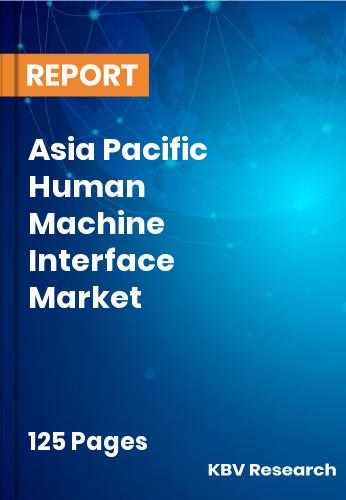
Use of advanced technology within the automobile sector has had a transformational impact on the overall design of the vehicles. Integration of speech inputoutput system with HMIs would significantly lower driver distraction while driving, leading to industry growth. Asia Pacific, due to rapid industrialization would be a region with numerous opportunities. With abundant availability of raw materials and low-cost labor would further drive market growth in the region.
Europe, on the other hand, would exhibit steady growth over the forecast period. Mergers and acquisitions have been the major moves made by industry leaders to innovate and offer seamless products. To remain competitive, product portfolios are mapped with product lines that address major challenges faced by end- users. The report highlights the adoption of Human Machine Interface market in Asia Pacific. Based on the Type, the Human Machine Interface Market is segmented into Hardware, Software and Services segment.
Based on the Product, the Hardware segment is bifurcated into Displays Terminals, Interface Software, Industrial PCs and Other Controllers sub-segments. According to the Application, the Wireless Audio Devices Market is segmented into Automotive, Healthcare, Food & Beverages, Oil & Gas, Packaging, Defense & Aerospace and Other segments.
The countries included in the report are China, Japan, India, South Korea, Singapore, Malaysia and Rest of Asia Pacific. Key Players profiled in the report include Advantech Co. Ltd., America Industrial Systems, Beijer Electronics, Eaton Corporation, Yokogawa Electric Corporation, Rockwell Automation, ABB Group, General Electric, Honeywell and Siemens.
Related Reports-
Europe Human Machine Interface Market
North America Human Machine Interface Market
Global Human Machine Interface Market
Lamea Human Machine Interface Market
Our team of dedicated experts can provide you with attractive expansion opportunities for your business.
